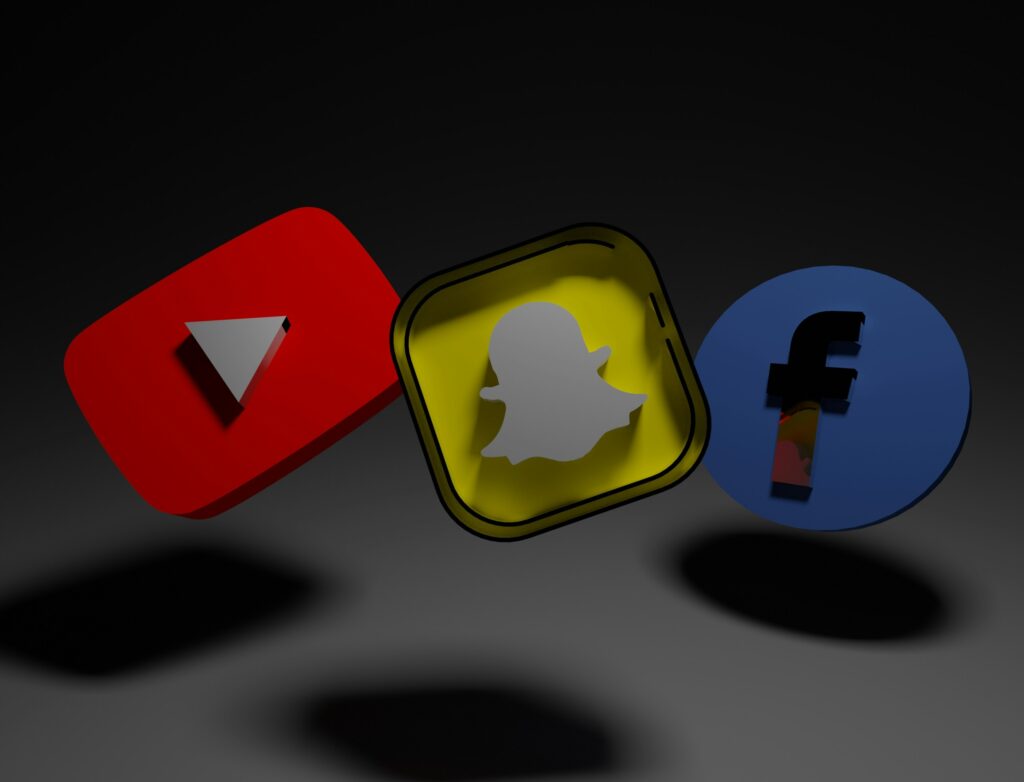Why Storytelling Still Wins
Facts inform, but stories move people. That’s been true since humans gathered around fires—and it’s still true on screens flashing millions of videos a day. In digital media, raw data alone rarely changes minds or holds attention. A well-crafted narrative, on the other hand, grabs someone by the gut and stays with them long after the screen goes black.
There’s psychology behind it. When we hear a story, our brains activate in ways raw information can’t replicate. We simulate experiences, connect emotionally, and remember better. That’s because stories aren’t just heard—they’re felt. A compelling storyline creates emotional stakes, and when people care, they engage and remember.
In 2024, when attention spans are shredded and content is endless, narrative becomes a filter. It helps creators cut through the noise. A story gives context, structure, and meaning—exactly what endless reels of random clips are missing. Whether you’re sharing a product review, a life update, or deep commentary, weaving in story gives your content staying power.
Data can point the way. Story gets you there.
Key Elements of a Powerful Media Story
A good media story doesn’t just deliver information—it takes the viewer somewhere. That journey starts with structure: a clear beginning, some friction in the middle, and a resolution that feels earned. This narrative arc isn’t just for novels or cinema. Even a one-minute reel benefits from a tight setup, rising tension, and payoff. It gives shape to your content and keeps your audience grounded, no matter the format.
But structure alone isn’t enough. What makes stories stick is human connection. That means touching on real emotions—fear, joy, frustration, hope. The most memorable content speaks directly to what people have felt or want to feel. Think less polished persona, more honest perspective. The goal is relatability, not perfection.
Then there’s delivery. Visuals and sound aren’t decoration—they’re emotional engines. A subtle sound cue can underscore tension. A close-up can amplify vulnerability. These choices make your message hit harder, linger longer. In short: structure grabs attention, connection builds trust, and good production makes it unforgettable.
How Storytelling Drives Engagement
Good storytelling stops the scroll. That’s the bottom line. When someone lands on your content and sticks around to watch or read the whole thing, it’s not because of fancy effects or loud titles—it’s because the story held them. A well-paced narrative pulls people forward. That means holding a clear thread from start to finish, raising tension or curiosity, and closing strong. Skip that, and they’ll skip you.
But it goes deeper than views. Storytelling builds trust. When audiences feel something—connection, insight, even surprise—they come back. They subscribe. They share. Over time, that loyalty turns passive viewers into an active community. This is where engagement shifts from a metric to a movement.
The numbers back it up. Creators who craft consistent stories see better retention rates, more meaningful comments, and steady community growth. Shares go up because stories are easy to retell. View duration increases because people want to know how it ends. And as algorithms spot this behavior, your content gets pushed further.
No gimmicks. No tricks. Just stories that earn attention and keep it.
Storytelling Across Different Media Platforms
In 2024, stories aren’t just told—they’re engineered to fit the format. Each media platform has its own rhythm, audience expectations, and content limits. Knowing how to tailor your storytelling to match the medium is critical to maximize your reach and impact.
Social Media: Bite-Size With Big Impact
Quick, scroll-stopping narratives are the backbone of social content. You don’t have time for slow builds—your story needs to land within seconds.
- Use a compelling hook in the first line or frame
- Focus on one clear message or moment
- Let visuals do heavy lifting (text overlays, facial expressions, strong settings)
- Prioritize shareability with relatable or emotional takeaways
Social platforms reward speed and clarity. The shorter the format, the sharper your story needs to be.
Long-Form Video & Podcasts: Depth Over Distraction
When you have more time, you can take the audience on a richer journey. Long-form videos and podcasts offer space for nuance, emotion, and personal connection.
- Introduce characters, stakes, and context with intention
- Use pacing to build tension and maintain attention
- Layer insights with real experiences or data to drive home your message
- Let the audience feel a sense of payoff by the end
These formats are ideal for storytelling that educates, entertains, or challenges perspectives.
News & Documentaries: Facts With Feeling
Great journalism and documentary work prove that facts still have room for emotion. A strong narrative doesn’t undermine truth—it strengthens clarity and human interest.
- Construct scenes instead of listing facts
- Highlight real people and their emotional journeys
- Use narration and visuals to guide the story structure
- Always balance factual integrity with narrative pacing
People don’t just remember what happened—they remember how it made them feel.
Related Read: How to Refine Your Content for Maximum Engagement
Honing Your Storytelling Skillset
Good storytelling doesn’t start with a camera—it starts with curiosity. Before you press record, ask sharper questions. Not just “What is this about?” but “Why does this matter to the audience right now?” or “Where’s the tension?” That shift in framing changes everything. It roots your content in relevance, not just routine.
Next, take complex ideas and boil them down without dumbing them down. The ability to explain big-picture stuff in a real, grounded way is what separates pros from noise. Use analogies. Pull in shared experiences. Make your audience say, “That’s exactly how I feel, I just didn’t have the words for it.”
Finally, level up your skills by studying where storytelling thrives naturally. Watch movies not just for plot but for pacing and emotional shifts. Read fiction to understand character work. Analyze viral campaigns—what hooks you emotionally, what sticks visually? Media is your classroom. Absorb, dissect, apply.
Solid storytelling isn’t magic. It’s a craft—and it starts with intention.
Final Thoughts
Storytelling isn’t a nice-to-have. It’s the backbone. In a media landscape overflowing with noise, clarity wins. People aren’t looking for more content—they’re looking for something that cuts through and sticks.
The creators who thrive today aren’t the ones who shout the loudest. They’re the ones who know exactly what they’re trying to say—and say it well. From a 30-second reel to a full-length doc, when your message is sharp, the format becomes a tool, not a crutch.
Your story is your strategy. Craft it with intent. Deliver it with simplicity. The rest follows.



